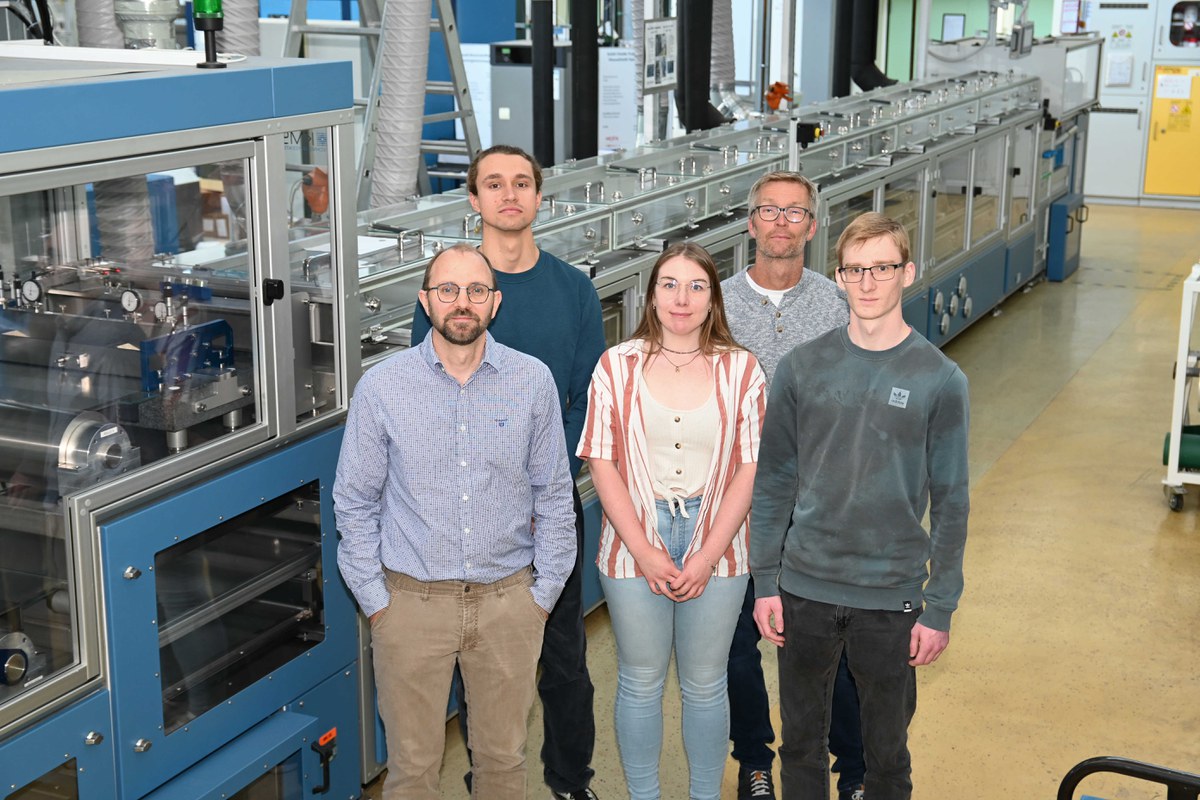
The cross-sectional micrograph of an SOC with a 2-µm thin 8YSZ electrolyte and a high-performance LSC cathode shows the different layers of the cell (E: electrolyte, B: barrier layer). The corresponding impedance spectrum of the cell in a Jülich F10 stack (tested at IET-1) shows the performance of the cell and enables us to determine precisely the way to further advance development.
In addition to manufacturing SOC, our team investigates the physical and electrical properties and the electrochemical performance of electrode materials and ionic conductors. The defect chemistry and the thermodynamic properties of materials determine their potential as materials for SOCs. The next illustration shows the chemical expansion of Pr0.4Ce0.6O2-δ - a mixed electronic-ionic conductor (MIEC) -in dependence of the temperature in air, as well as the microstrain in the lattice caused by the Pr3+/Pr4+ redox-pair. The concentration-ratio of the two species directly influences the mobility of polarons in the lattice, leading to a decrease of the electrical conductivity of this mixed conductor above a certain temperature. A potential use as an electrode material is dependent on a detailed understanding of the material properties.

In summary, the team’s R&D activities focus on understanding material-microstructure interactions in dependence of the respective operation environment.


